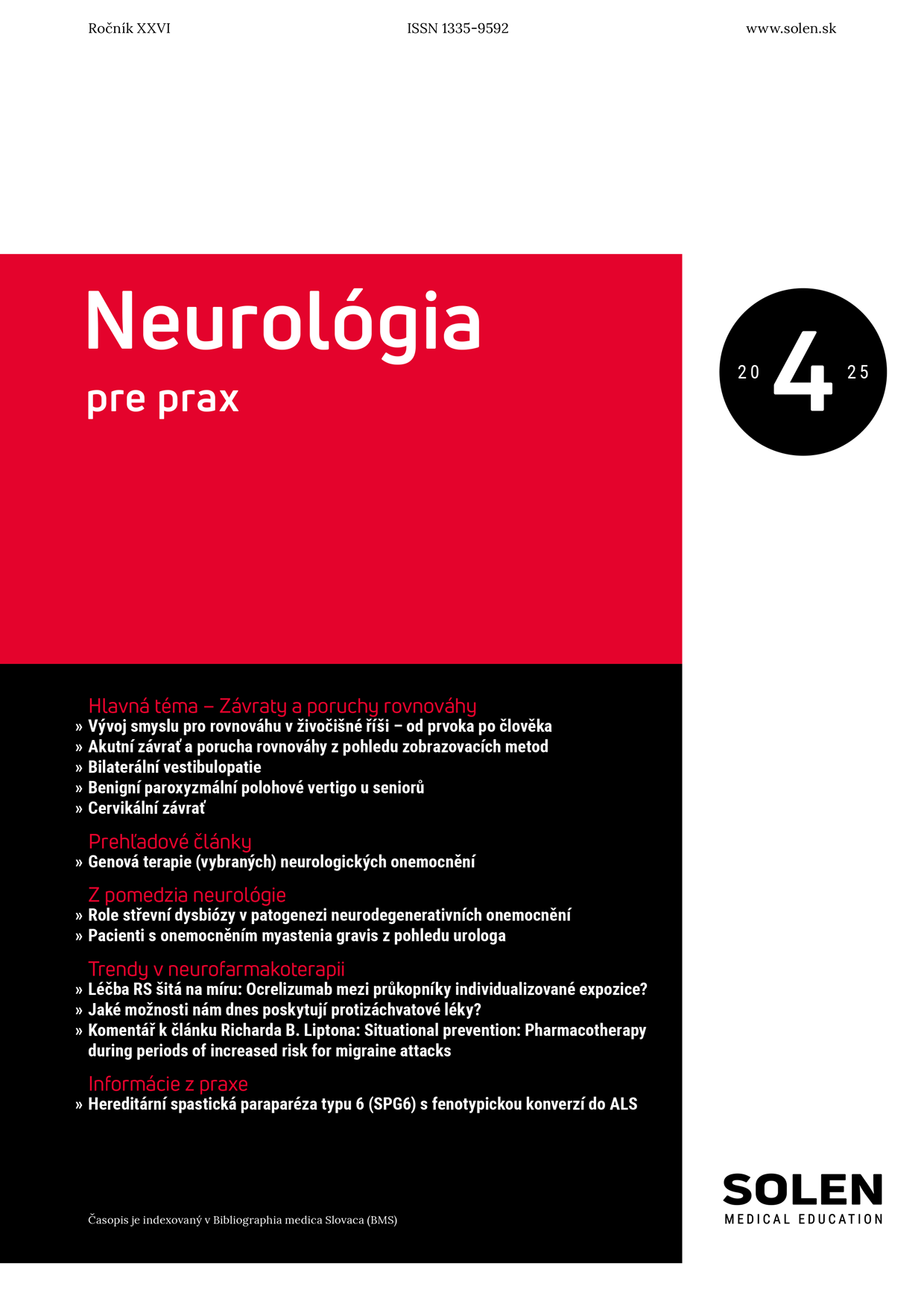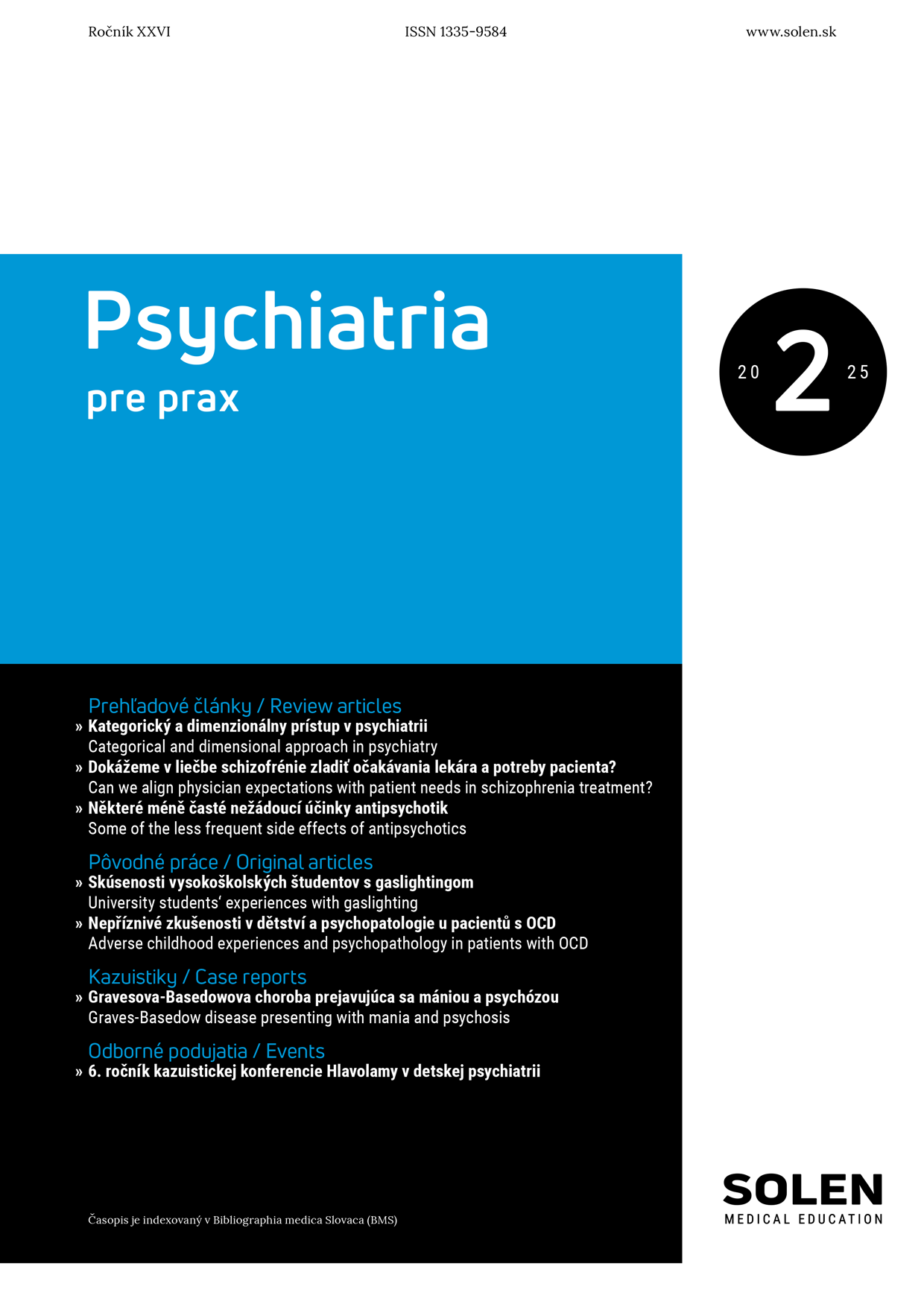Onkológia 3/2013
Hematopoietic stem cell transplantation for multiple myeloma
High-dose chemotherapy with rescue of the bone marrow by an autologous hematopoietic-cell transplant is regarded as the standard of care for newly diagnosed myeloma patients under 65 years of age. However, few patients who undergo the procedure are free of the disease for more than 10 years. Recurrences are due primarily to the failure of the chemotherapy to eradicate all myeloma cells. Lower relapse rates and longer remissions have been reported after allogeneic stem-cell transplants, presumably because of the graft versus-myeloma effects. The high risk of transplant-related mortality (30 to 60%) among young, medically fit patients has limited the use of allotransplants with myeloablative conditioning. Combining a cytoreductive autograft with a nonmyeloablative allograft has lowered transplant-related mortality to approximaterly 15%. But overall survival is not longer with nonmyeloablative conditioning for HLA-identical sibling transplant due to higher relapse incidence.
Keywords: autologous hematopoietic stem cell transplantation, tandem autotransplant, reduced intensity conditioning, graft versus myeloma effect.

















